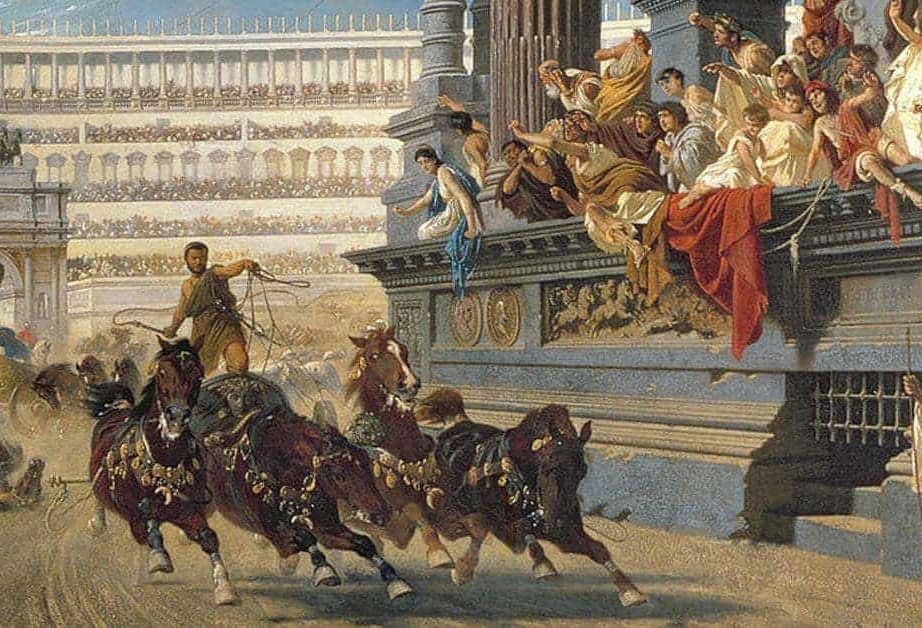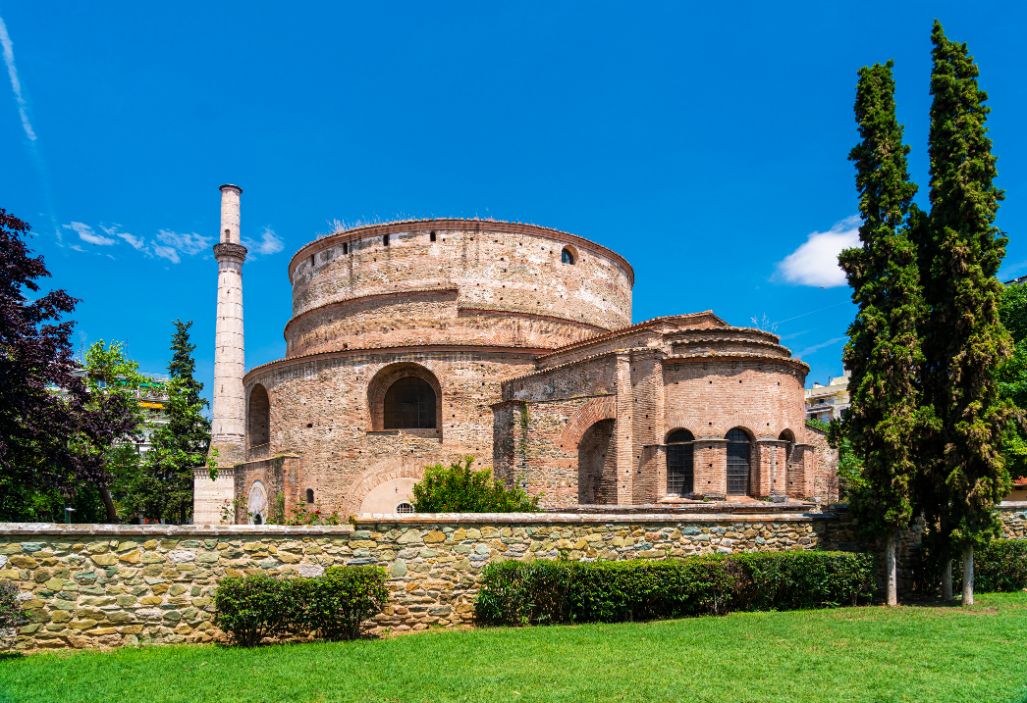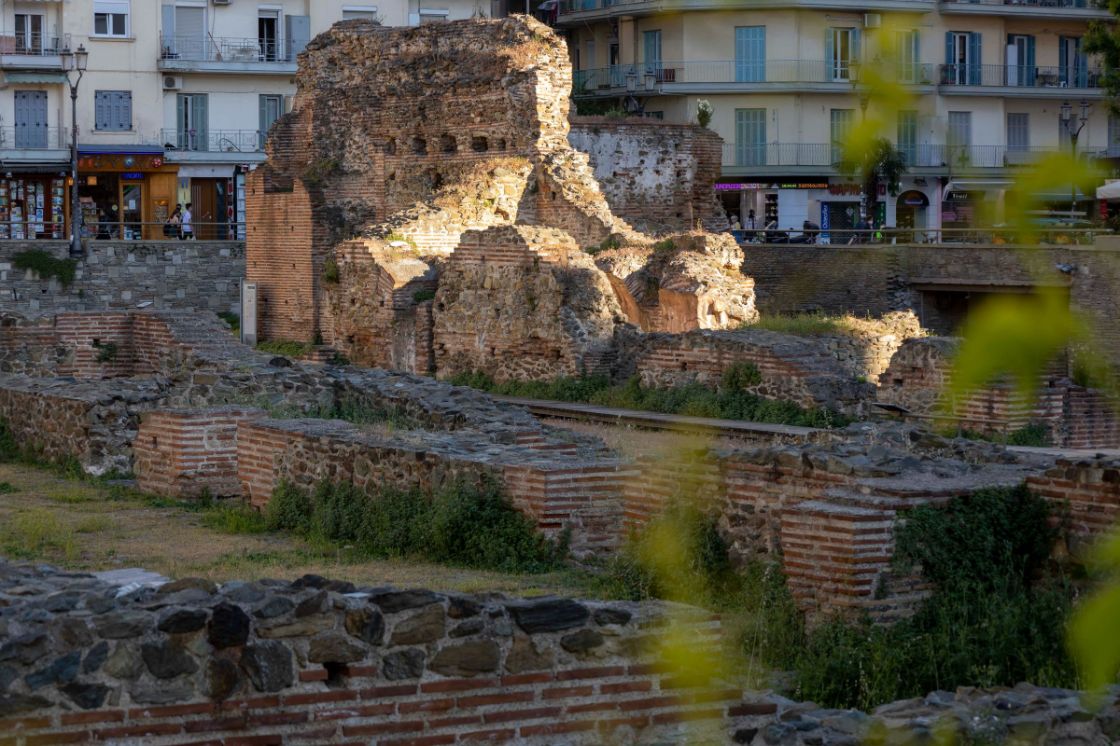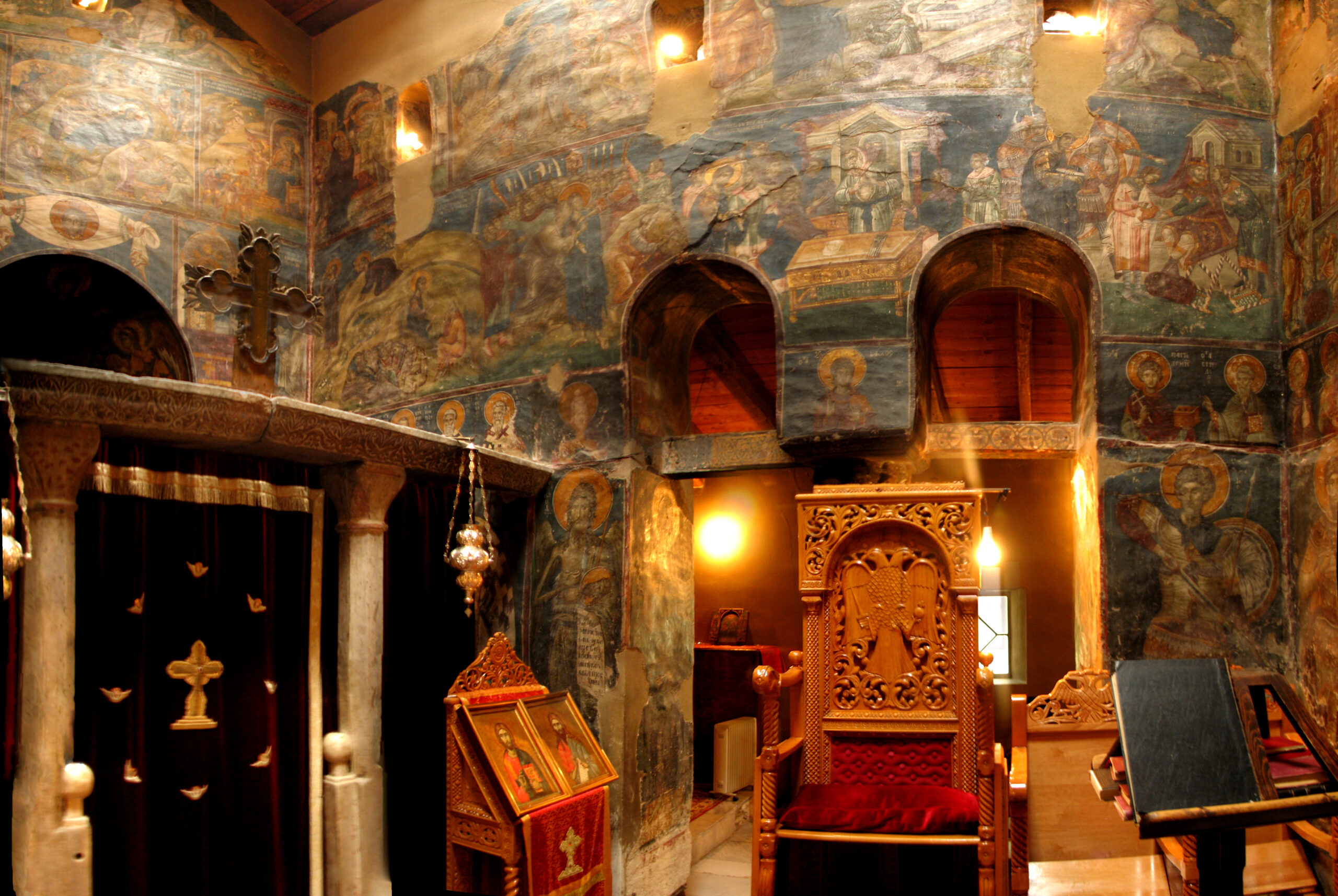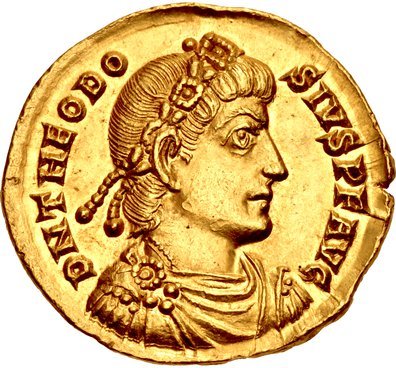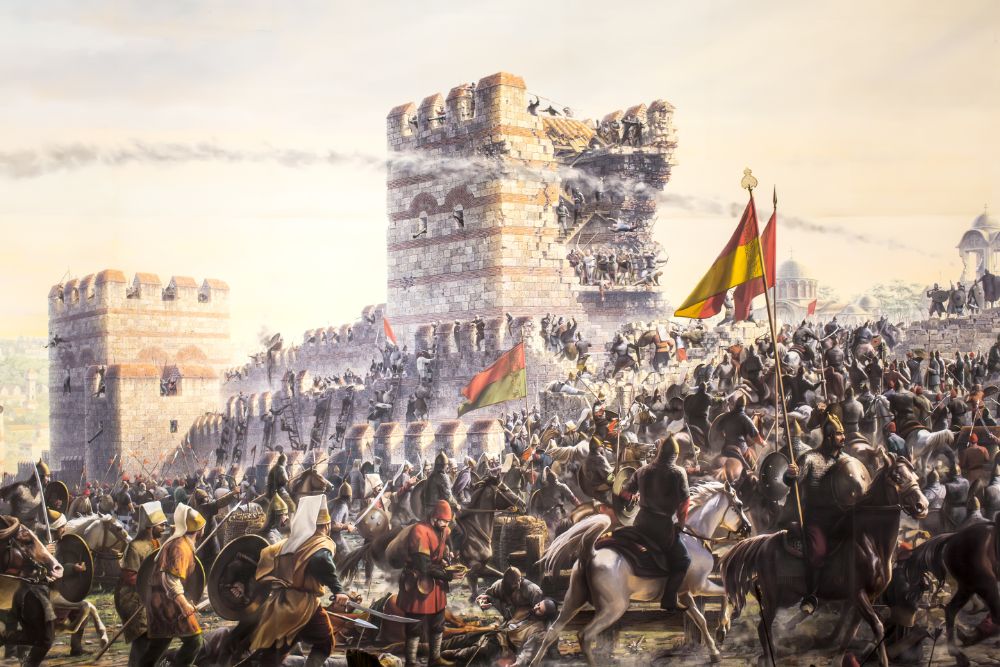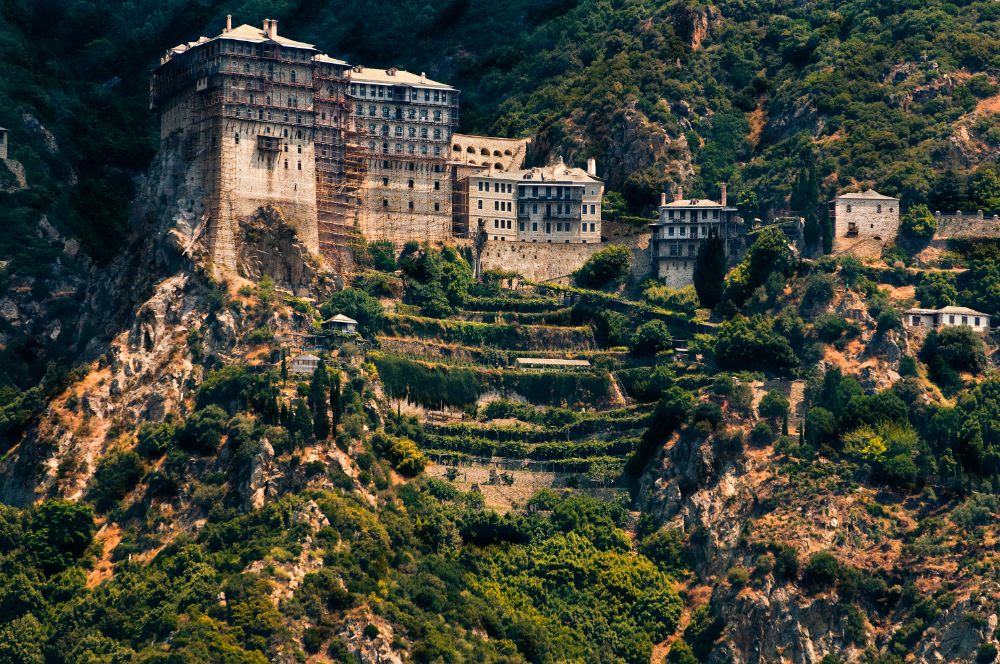The Architectural Marvel of Hagia Sophia:
Emperor Justinian I, who ruled from 527 to 565 AD, is one of the most significant figures in Byzantine history. His reign is marked by ambitious efforts to restore the Roman Empire’s territories and cultural grandeur. Among his most famous achievements was the construction of the Hagia Sophia, which became a symbol of Byzantine architecture and Orthodox Christianity.
The Hagia Sophia, completed in 537 AD, was designed by the architects Isidore of Miletus and Anthemius of Tralles. The structure is renowned for its immense dome, innovative design, and breathtaking mosaics, which reflect the artistic and theological aspirations of the era. Justinian’s vision was not only to create a grandiose place of worship but also to demonstrate the power and unity of the Byzantine Empire.
The construction was a massive undertaking, involving thousands of workers and significant resources. It incorporated advanced engineering techniques for the time, allowing the dome to appear as if it was floating above the nave. Justinian is famously quoted as having declared, “Solomon, I have outdone you!” upon seeing the completed building.
The Hagia Sophia served as a cathedral for nearly a millennium, becoming a center of Orthodox Christianity. After the Ottoman conquest in 1453, it was transformed into a mosque, and today it stands as a museum, representing centuries of cultural and religious history. The legacy of Justinian and Hagia Sophia continues to influence architecture, religion, and art around the world.


